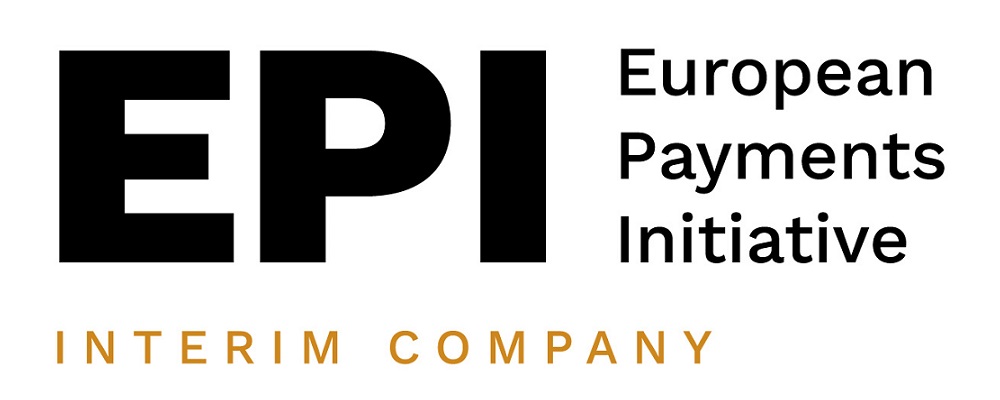
European Payments Initiative (EPI) is an initiative backed by 16 European banks and financial services companies to create a unified, innovative pan-European payment solution leveraging Instant Payments SEPA Instant Credit Transfer (SCT Inst). The solution aims to become a new standard in payments for European consumers and merchants across all types of retail transactions including in-store, online, and peer-to-peer.
In an interview with The Paypers, Martina Weimert – CEO of EPI Company, provided the latest updates on EPI’s goal to establish a unified European payment solution.
We will gradually implement the entire roadmap. Initially, by the end of this year, we will begin with test transactions and peer-to-peer payments, followed by a full commercial launch. Moving forward, in the latter half of 2024, we aim to enter the realm of e- and m-commerce. However, the timing of this expansion will depend on the actual launch date and the integration speed of web merchants. Moreover, by 2025, we have plans to introduce in-store payments.
Additionally, once our peer-to-peer system is live, we will introduce P2Pro, which enables payments for professional services. This is designed for individuals who do not possess currently a terminal or prefer not to have one, yet still wish to accept digital payments. This feature can benefit professionals in the early stages of their activities, such as fitness coaches, babysitters, gardeners, and others.
Secondly, when our ecommerce platform launches, we will introduce m-commerce. This feature allows you to get a QR code while, for instance, on the street or inside a shop, eliminating the need to use acash register. By simply finalising the transaction in your app, you can make payments seamlessly. For instance, imagine coming across a pair of sneakers in an ad with a QR code. You can simply scan the code, complete the transaction in your app, and receive the sneakers. Similarly, renting a bike is easy as you scan the QR code and finalise the transaction. Our m-commerce solution enables you to conduct transactions through your mobile phone without relying on a cash register or a card terminal.
This development is significant and currently absent in Europe. It`s worth noting that thus far it cannot be achieved through NFC technology. Therefore, we will focus on point-of-sale solutions using QR codes. While we would also like to incorporate NFC, there are restrictions in the iOS environment. Our goal is to provide QR codes and, when possible, NFC options to offer choices in the future. NFC proves to be an excellent solution in certain situations, while QR codes offer new opportunities and convenience in others.
This use case is appealing as it caters to the omnichannel needs of merchants and encompasses various scenarios. Furthermore, we will provide a range of value-added services, including the integration of merchant loyalty programs once we will enter into the POS environment. This means you can earn and redeem loyalty points seamlessly within the same app while making transactions, eliminating the need for separate programs or apps. It is all integrated.
Moreover, EPI will have the capability to integrate future services such as instant financing through your bank, the integration of the European digital ID (which is currently an ongoing important initiative led by the European Commission), and even the potential inclusion of the digital Euro. As EPI functions as a comprehensive wallet, it offers great flexibility for incorporating upcoming value-added services that will be defined in collaboration with merchants.
It’s important to note that EPI 2.0 will not introduce an EPI card, unlike EPI 1.0. Instead, our focus lies on instant payments, the wallet, and the use cases covered through the QR code setup. We can function seamlessly without the need for a physical card. However, we also provide the option to integrate card-based transactions when you are at the point of sale. This flexibility allows for a comprehensive approach to conducting transactions.
We have a significant market share ranging from 80% to 85% in certain markets, and in some markets, even 90% of market coverage is achieved through the participating banks. Furthermore, through the acquirers (whether it`s through independent third-party acquirers or bank acquirers) we have a market coverage of over 60% for all transactions across continental Europe, excluding the UK. This accomplishment marks a substantial milestone for us, but our aspirations extend far beyond this initial starting point.
How does EPI differ from the SEPA payments?
Will EPI open up its wallet for third parties as well?
Participation in the European Mobile Payment System Association initiative (EMPSA)
For banks, what are the main incentives to offer or join EPI despite potentially lower revenue than card payments?
Should we expect more acquisitions in the future for the EPI to reach its goals?
All the answers here
Banking 4.0 – „how was the experience for you”
„To be honest I think that Sinaia, your conference, is much better then Davos.”
Many more interesting quotes in the video below: